Nonfiction - History
Originally published in The International Journal of the Book, March, 2007
A Historiographic Analysis of Visual Texts
Reviewing Information Graphic Methodologies as a Means of Historical Argument
This presentation examines the use of visual texts as a medium of communication for historical argument, emphasizing methods for interpretation – including a thorough dissection of several example visualizations—and an analysis of successful visualization methods. The visual text – the visual representation of historical conditions, trends, phenomena, and hypotheses—has been used throughout history, but rarely in the service of it. The visual text can, however, be considered a more effective educational media than the written word; the visual text can not only transcend the overwhelming weight of quantitative data while emphasizing an associated historical thesis, but it can also transcend misunderstandings born of language and literary style to become a truly omnilingual transmission.
In defense of this thesis, a method of historiographic analysis will be proposed, augmenting the critical method used to measure written texts. A number of visual texts will be analyzed, using two classic visualizations – those of William Playfair and Charles Minard – as benchmarks for the comparison of several modern historical visual texts – those of Richard Bulliet, Élisabeth Carpentier, Jonathan Riley-Smith, and the National Geographic. This historiography draws from several historical categories in an attempt to demonstrate the visual text’s value as a means of historical
“Information, that is imperfectly acquired, is generally as imperfectly retained; and a man who has carefully investigated a printed table, finds, when done, that he has only a very faint and partial idea of what he has read; and that like a figure imprinted on sand, is soon totally erased and defaced.”
Excerpt
What is a Visual Text?
The graphic visualization of ideas has been used throughout history, but rarely in the service of it. Copious figurative examples are found in the historical record: primitive cave artwork, pictographic alphabets, and millennia of decorative public artworks aimed at visually receptive masses—illiterate and linguistically diverse populations among them.[2] And while historians may accept the relevance of the rice-paper map, the bas-relieved roman arch, or the luminous stained glass window as a primary source, a survey of existing historical literature finds that few likewise employ sophisticated graphic techniques for the communication of their own arguments.
The absence of graphic methods from history is especially surprising when one considers two principal challenges of historical communication: the rendering of large volumes of interrelated data into a cohesive, thematic argument and the creation of historical narratives that are effective and—especially in education—memorable. And while many other disciplines employ graphic methods, and while much has been written on the history of quantitative visuals, no suggestion has been directly made for the application of graphic methods to the communication of historical problems. Historical theory does not emphasize such methodologies, typically focusing on the written word and ignoring alternative narrative techniques. Historians are unaccustomed to thinking and synthesizing historical arguments visually and unable to analyze visual texts critically.
A Visual Text is any thematic graphic used to make an argument in lieu of written language alone. This category includes a variety of abstractions in schematic form, including statistical graphics and thematic maps[3] that are “influential in creating and sustaining notions of historical situations.”[4] This expression is meant to combat two common criticisms of graphic media: first, that graphics are contextually inferior to their written counterparts and, second, that they are often inexpertly assembled and lack clear narrative voices. The end-user of the visual text is its Percipient, a relative of the written text’s readerwho combines literacy in language and graphic symbolism.
The visual text—the visual representation of historical conditions, trends, phenomena, and hypotheses—is as compelling and engaging a medium of argument as the written word. Indeed, the visual text can arguably be considered a more effective educational media than the written word, not only transcending the overwhelming weight of quantitative data while emphasizing associated theses, but it also transcending language and literary style to become a truly omnilingual transmission.
In defense of this thesis, a method of historiographic analysis will be proposed, augmenting the critical method used to analyize written texts with visualization-specific questions. Second, a number of visual texts will be analyzed, using two classic visualizations—those of William Playfair and Charles Minard—as benchmarks for the comparison of several modern historical visual texts—including works by Richard Bulliet, Élisabeth Carpentier, Jonathan Riley-Smith, and the National Geographic. This historiography will draw from several historical categories in an attempt to demonstrate the universal value of the visual text as a means of historical argument. It will also attempt to refute through example three common academic criticisms of thematic visualizations:
- That thematic visualizations are boring;
- that they are only for unsophisticated readers; and
- that they are unscholarly.
Lastly, a case will be made for the further utilization of graphic methodologies in the practice of history.
[1] William Playfair, The Commercial and Political Atlas [microform], (London: No Publisher, 1786), 3.
[2] H. Gray Funkhouser, “Historical Development of the Graphical Representation of Statistical Data,” Osiris, Vol. 3 (1937), 269-70.
[3] Friendly at al., 2
[4] Jeremy Black, “Historical Atlases,” The Historical Journal, Vol. 37, No. 3 (Sept, 1994), 644.
[5] Arthur H. Robinson and Barbara Bartz Petchenik, The Nature of Maps: Essays Toward Understanding Maps and Mapping (Chicago: The University of Chicago Press, 1976), 23.



